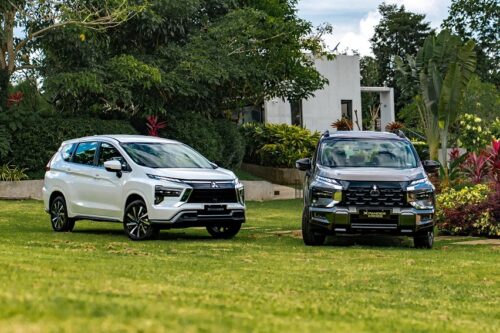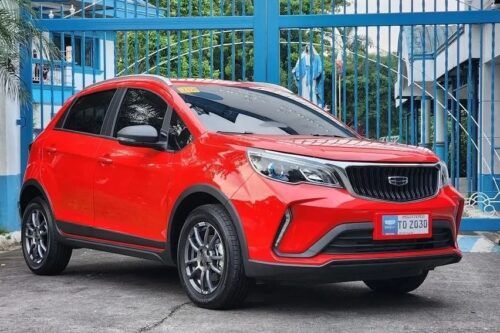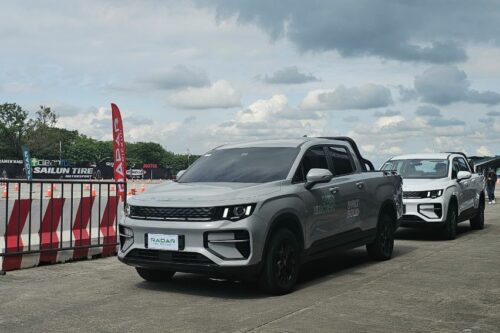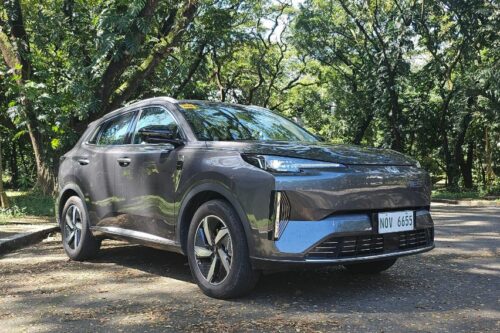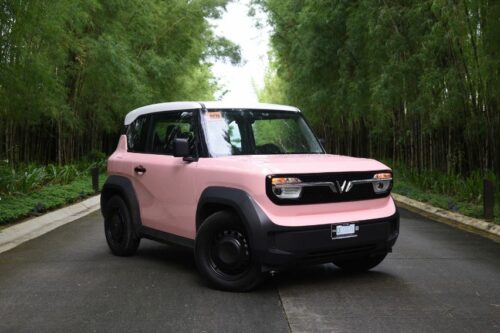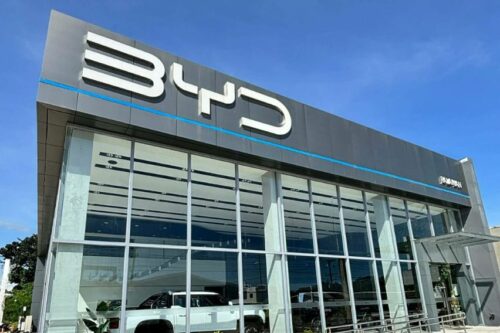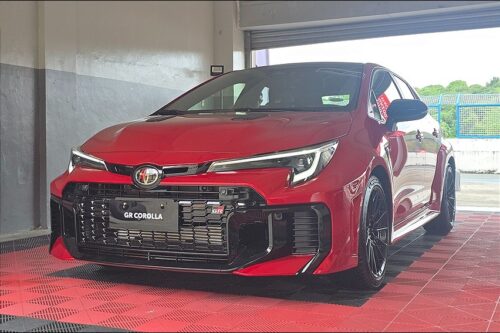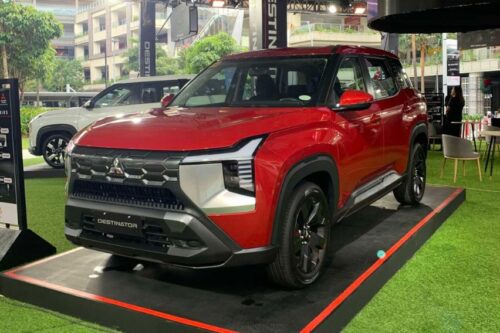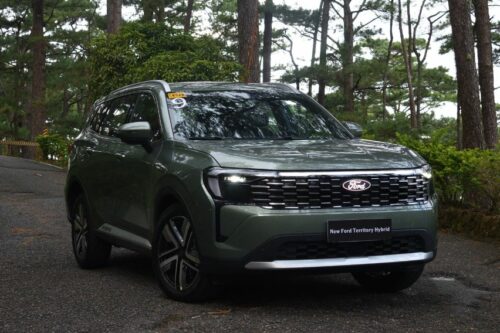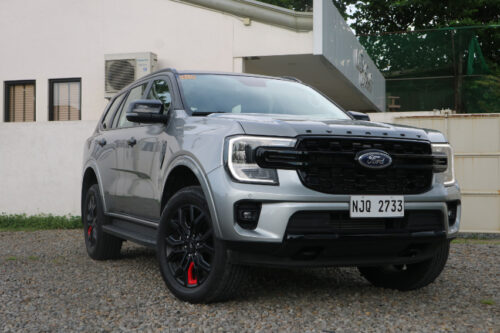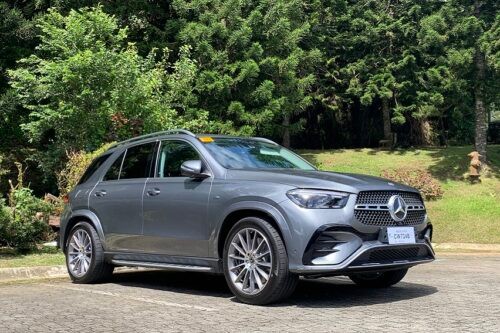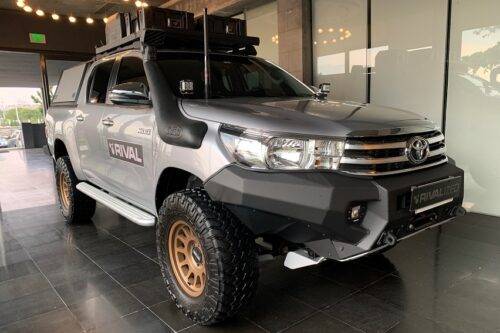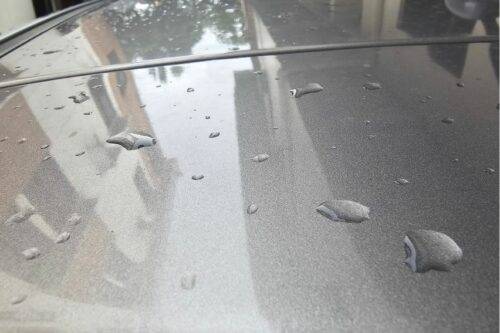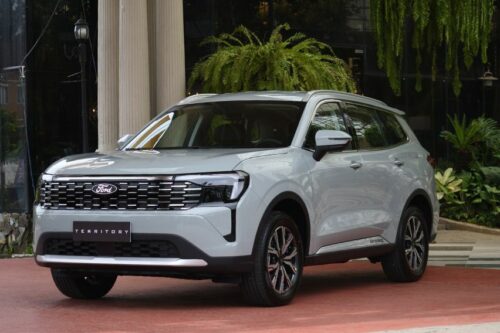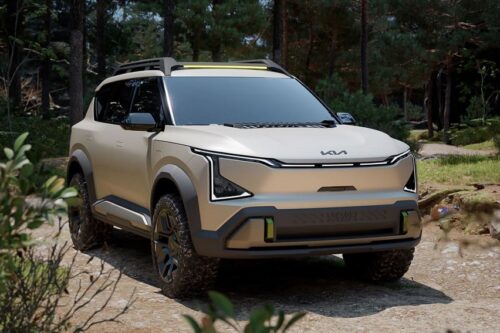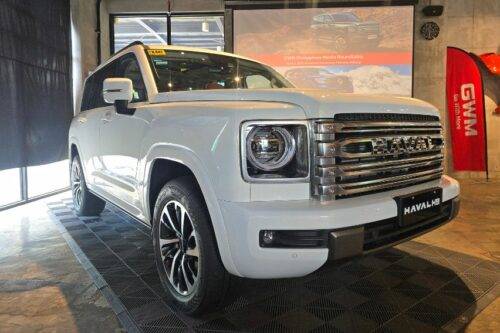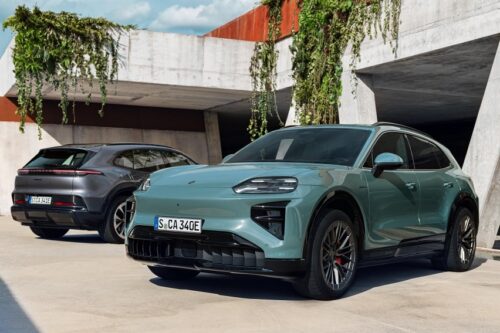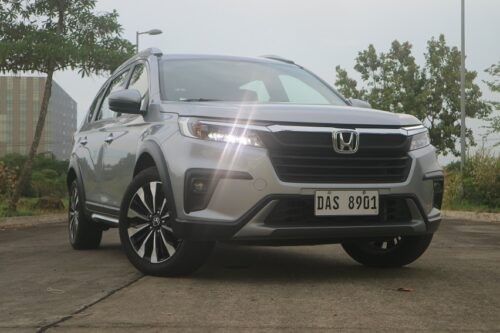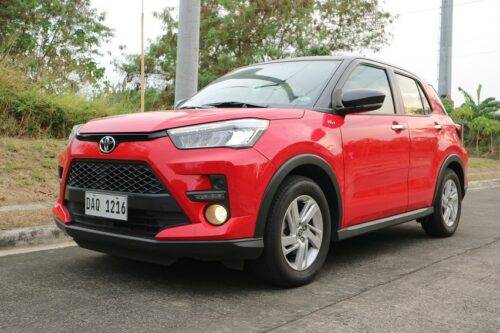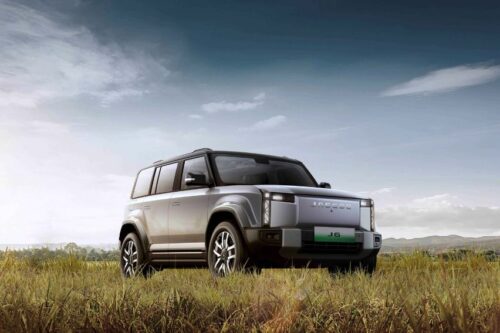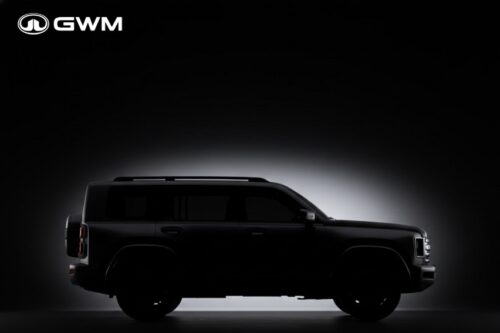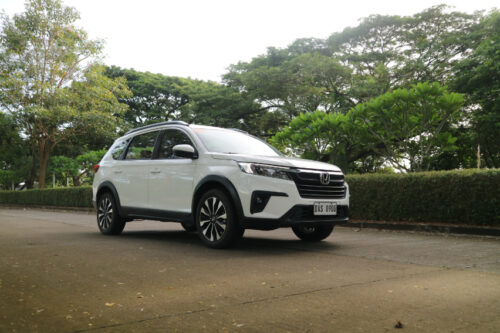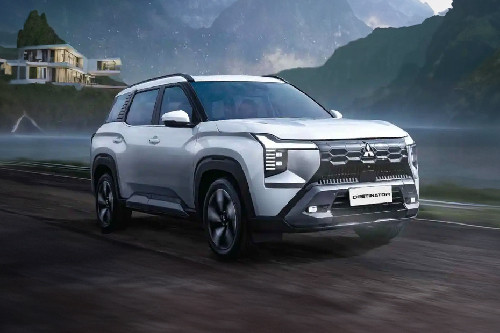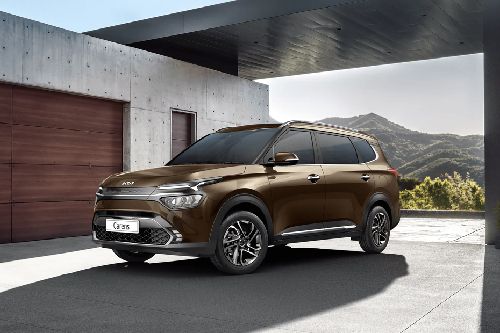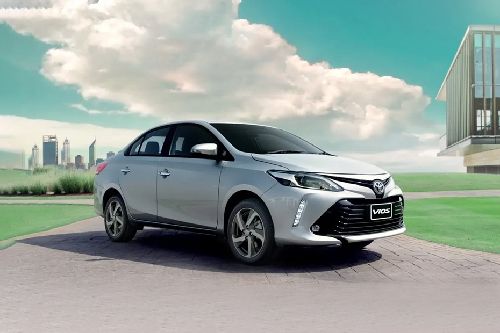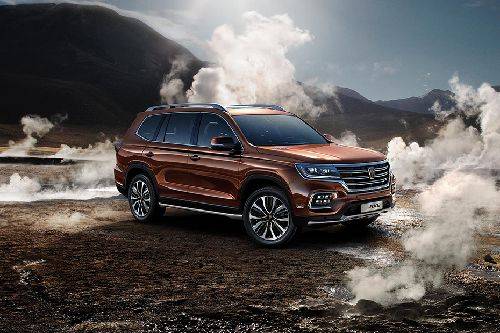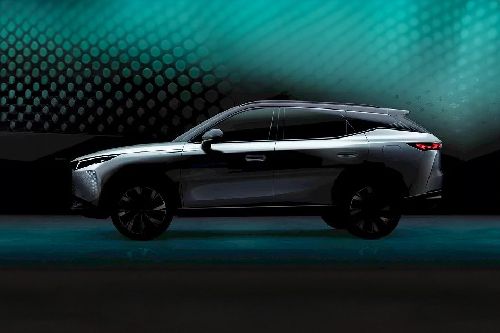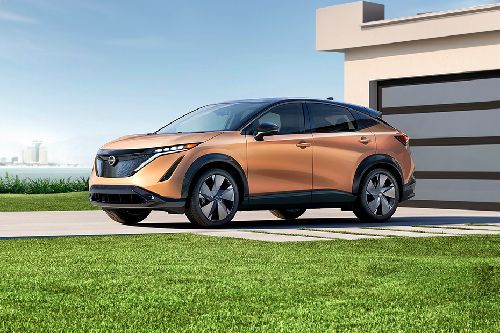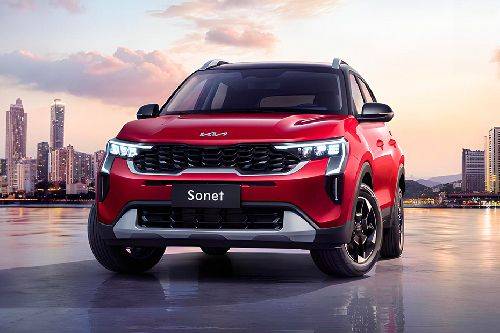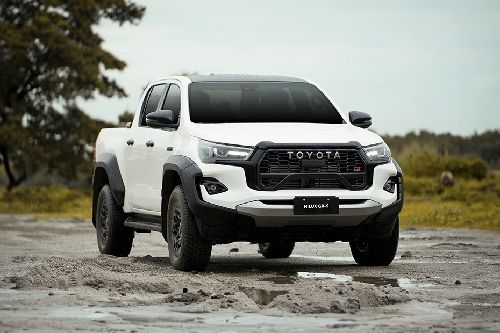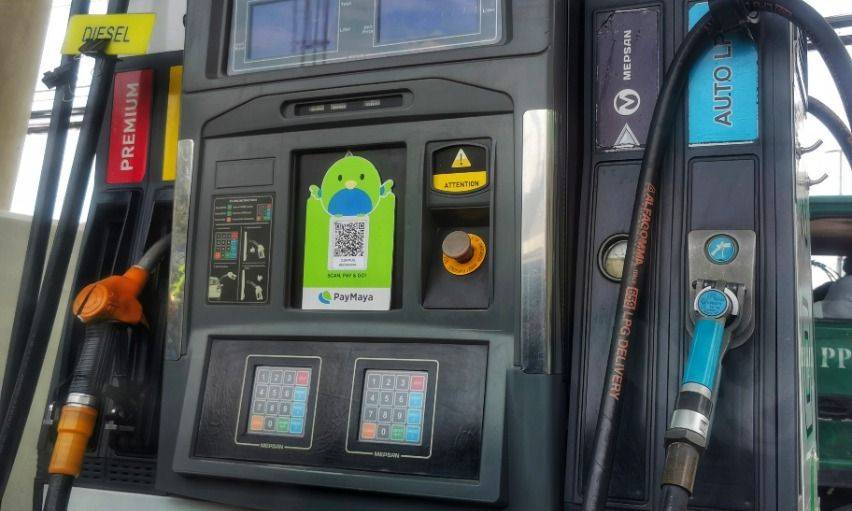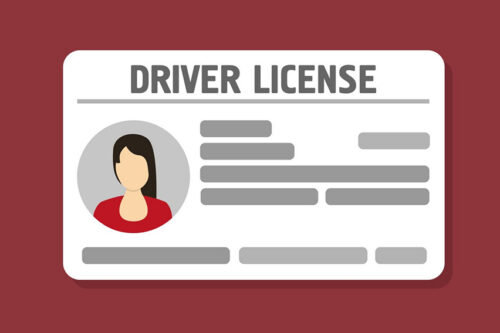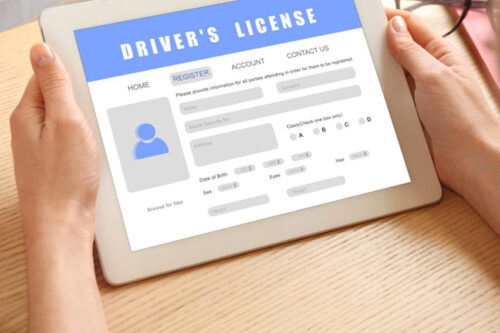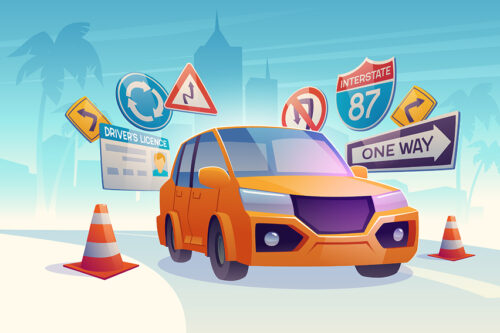Do you really need 4x4 for overlanding?
Building an overlanding rig? Read this first
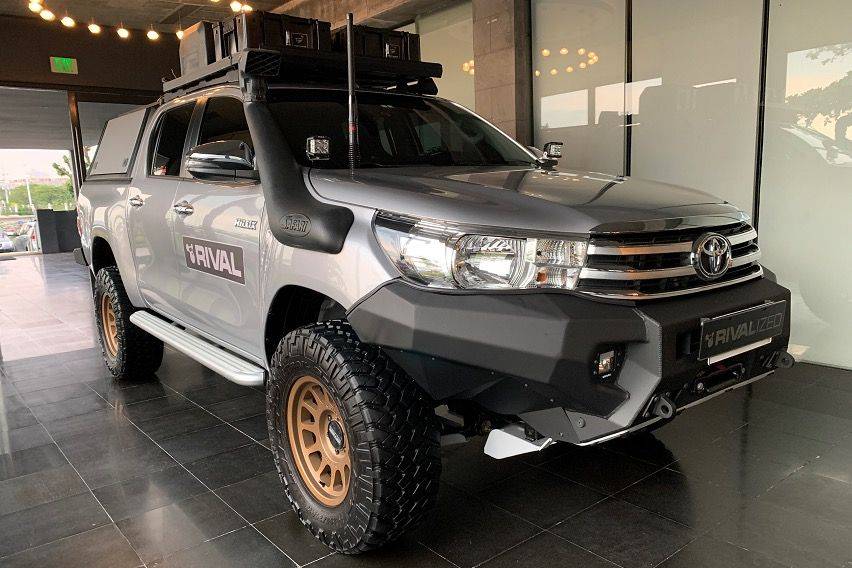
Overlanding, in recent years, has exploded in popularity worldwide. Many Filipinos, of course, were also bitten by the overlanding bug, which only served to further increase the strength of pickup truck and sport utility vehicle (SUV) segments in the local scene.
KEY TAKEAWAYS
What are the benefits of a 4x4 for overlanding?
Having 4x4 for overlanding means better traction on challenging terrain, improved towing, and stability on slippery roads.Can I go overlanding with a 4x2 SUV or pickup truck?
Yes. A 4x2 vehicle with good ground clearance and proper gear can handle light, well-maintained trails.With many folks wanting to get into the craze, this begs the question: do you really need a 4x4 vehicle to go overlanding? Well, the answer isn’t as straightforward as you think.
What is overlanding?
Before going over our answer, let us first define the term “overlanding.”
According to the Australian Encyclopaedia, overlanding in the past referred to the act of leading or “droving” livestock (mostly cattle) over long distances.
The aforementioned is the historical definition, which drastically changed when adventurers began to conquer and explore the wide open world with their rides. One prominent example, according to National Geographic, is filmmaker Alex Bescoby, who recreated the historic 1955 expedition from Singapore to London aboard his Land Rover.
Overlanding likewise became a household name after the rise of relatively accessible 4x4 vehicles such as the Toyota Land Cruiser, Land Rover Defender, Suzuki Jimny, Toyota Hilux, Ford Ranger, Jeep Wrangler, and many other tough and capable rigs.
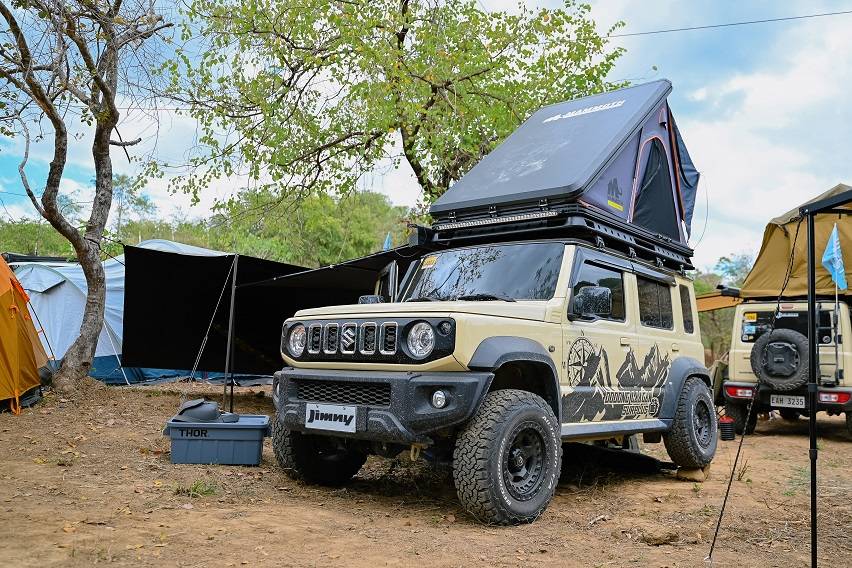 Photo from Suzuki Philippines Incorporated
Photo from Suzuki Philippines IncorporatedSo, in a more modern sense, experts have defined overlanding as a vehicle-based adventure activity focused on self-reliance. As such, contemporary overlanding builds usually boast upgraded suspension systems, all-terrain tires, repair kits, recovery gear, protective plates, robust storage systems, navigation technologies, and mounted tents - among others.
Advantages of 4x4
So, what does having a 4x4 drivetrain bring to the table?
For starters, a 4x4 system can split a vehicle’s torque output evenly between the rear and front wheels. The aforementioned can be useful in keeping constant traction when crawling over rocks or when fording a river.
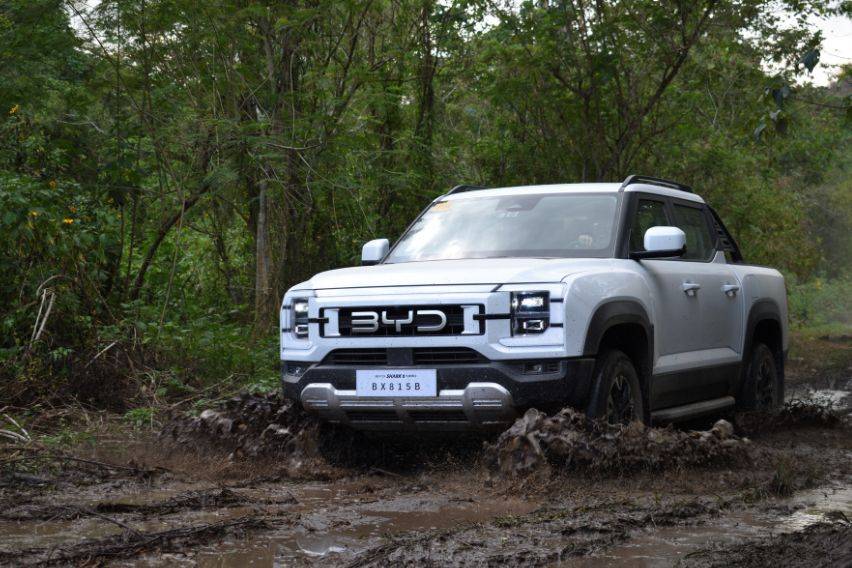 Photo by Cesar Guiderone Miguel
Photo by Cesar Guiderone MiguelIn the same vein of reasoning, 4x4 vehicles also do well when it comes to towing. Even on pavement, such a drivetrain type can mean success or failure when it comes to hauling something heavy along slippery roads, inclined surfaces, or loose terrain.
The final answer
With overlanding being such a broad term, our answer is: “It depends.”
Folks itching for the outdoors can load up on accessories and supplies on a 4x2 SUV or pickup truck, and the said vehicle will still do well in exploring areas with rough roads. And yes, that’s still within the bounds of what defines overlanding. One can even argue that certain 4x2 SUVs and pickup trucks retain a good amount of ground clearance to deal with rocks and other obstacles on unpaved roads.
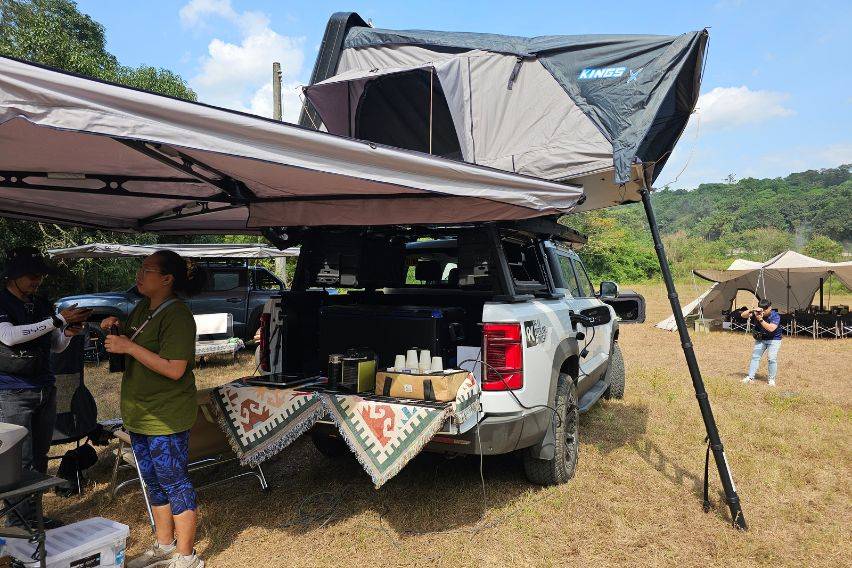 Photo by Cesar Guiderone Miguel
Photo by Cesar Guiderone MiguelOn the flip side, however, having a 4x4 drivetrain is something that’s good to have for people who really want to go to remote destinations.
Going somewhere “off the beaten path,” after all, will always involve seldom-used roads that are often unmaintained and often encroached on by nature. The aforementioned, in the context of the Philippines (and our unpredictable weather), will usually be deeply coated by mud or sand, and having 4x4 when trying to get through the said routes will mean the difference between having fun and getting stuck.
Additionally, overlanding trips that are further away from civilization will often require more equipment and supplies. Having more equipment and supplies to bring along will translate to having more weight to lug around. And at a certain point, a heavily laden 4x2 vehicle will be bogged down faster by its own weight, at least when compared to a 4x4.
Other considerations
As a side note, having a locking rear differential despite lacking a 4x4 drivetrain will do wonders. Paired with a good set of knobby tires, such a setup will be golden for most light local trails.
Unfortunately, 4x2 SUV models and pickup trucks that come standard with locking rear differentials are a rarity in the local market. The aforementioned, though, can be achieved via aftermarket components.
Also read:
Ensure your vehicle is Summer road trip-ready by following these tips
Sell your car at the best price
 Verified and genuine buyers
Verified and genuine buyers
Trending & Fresh Updates
- Latest
- Popular
You might also be interested in
- News
- Featured Stories
Featured Cars
- Latest
- Upcoming
- Popular
Latest Car Videos on Zigwheels

Car Articles From Carmudi
- journal
- advice
- financing
- insurance





